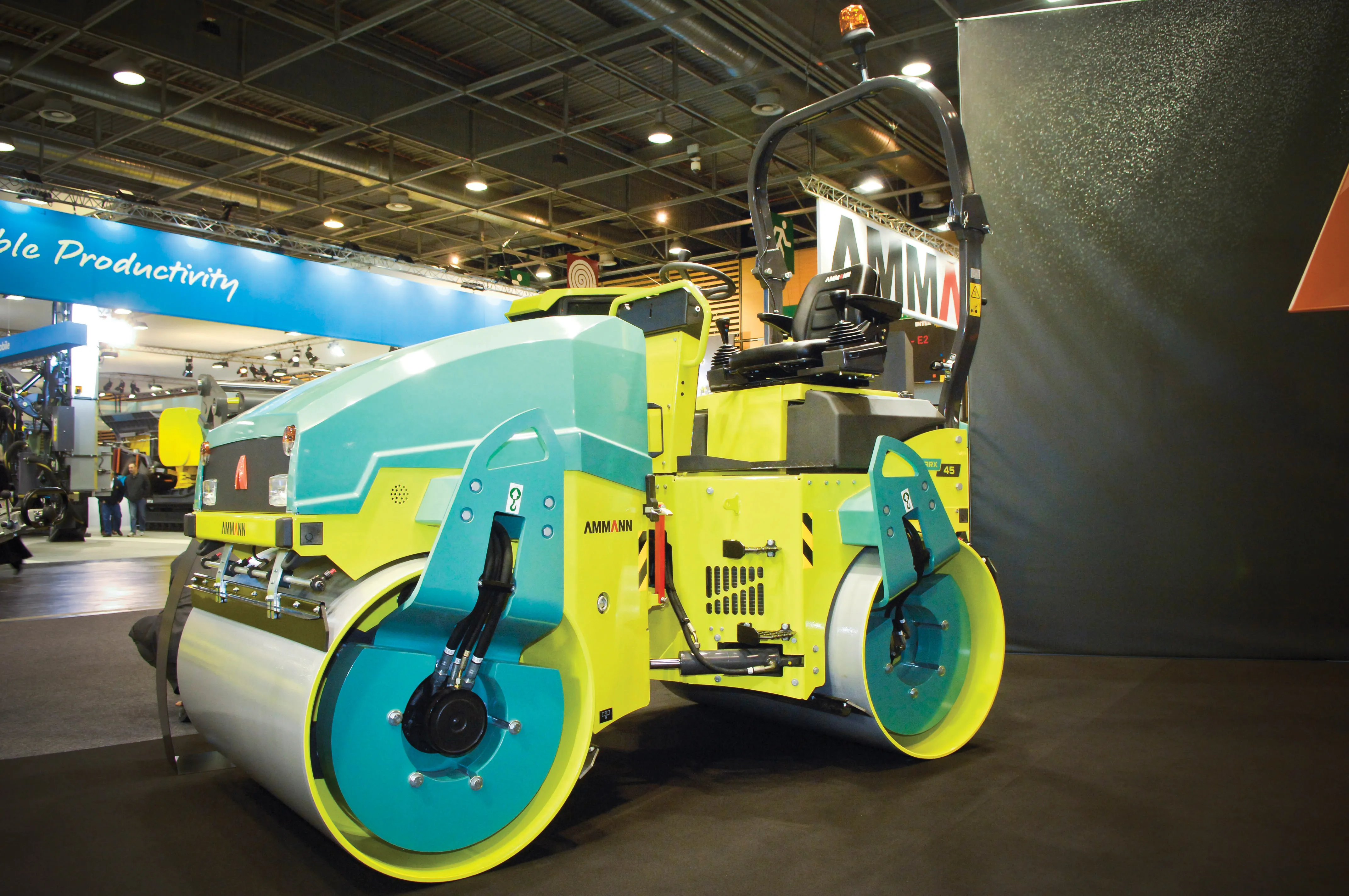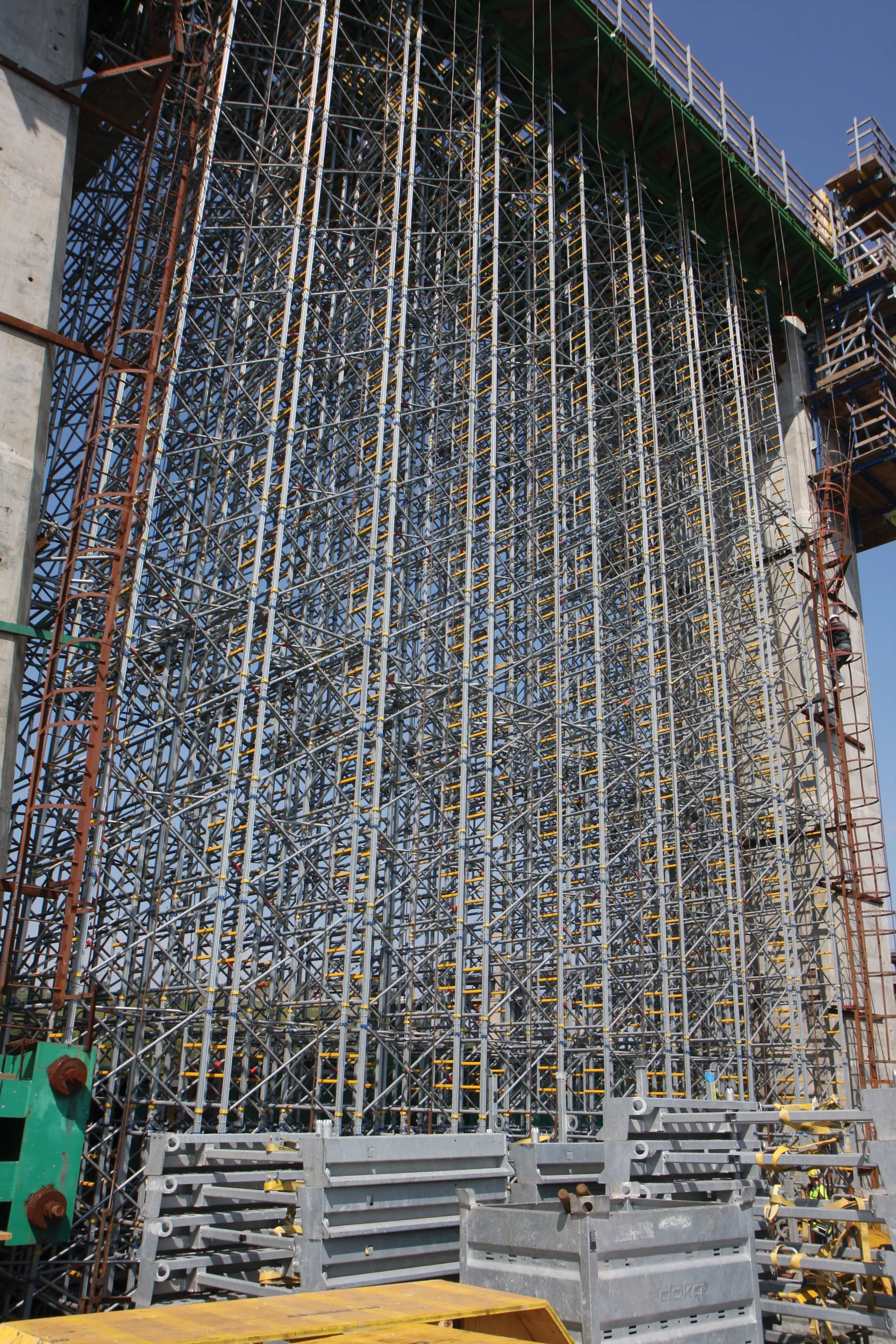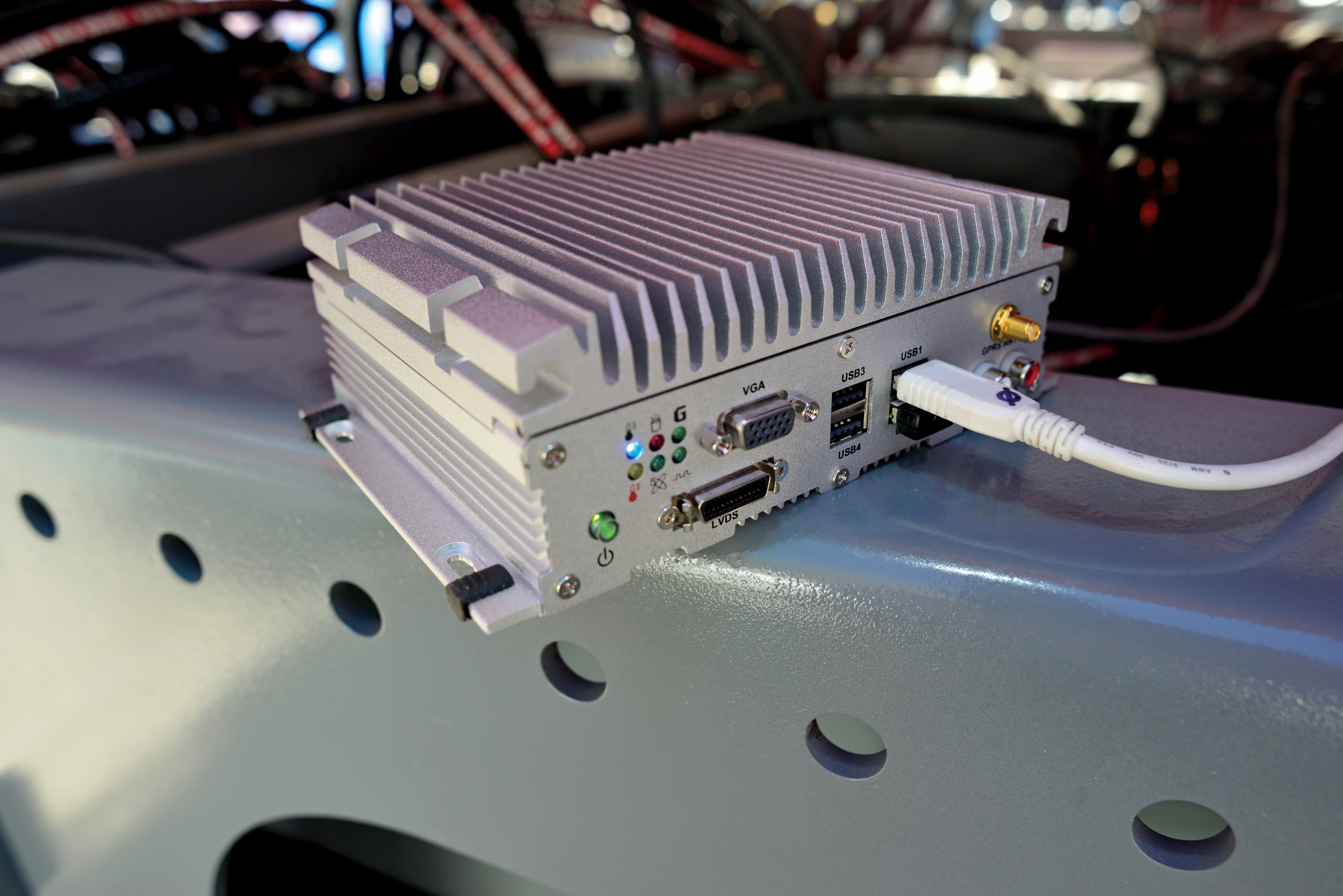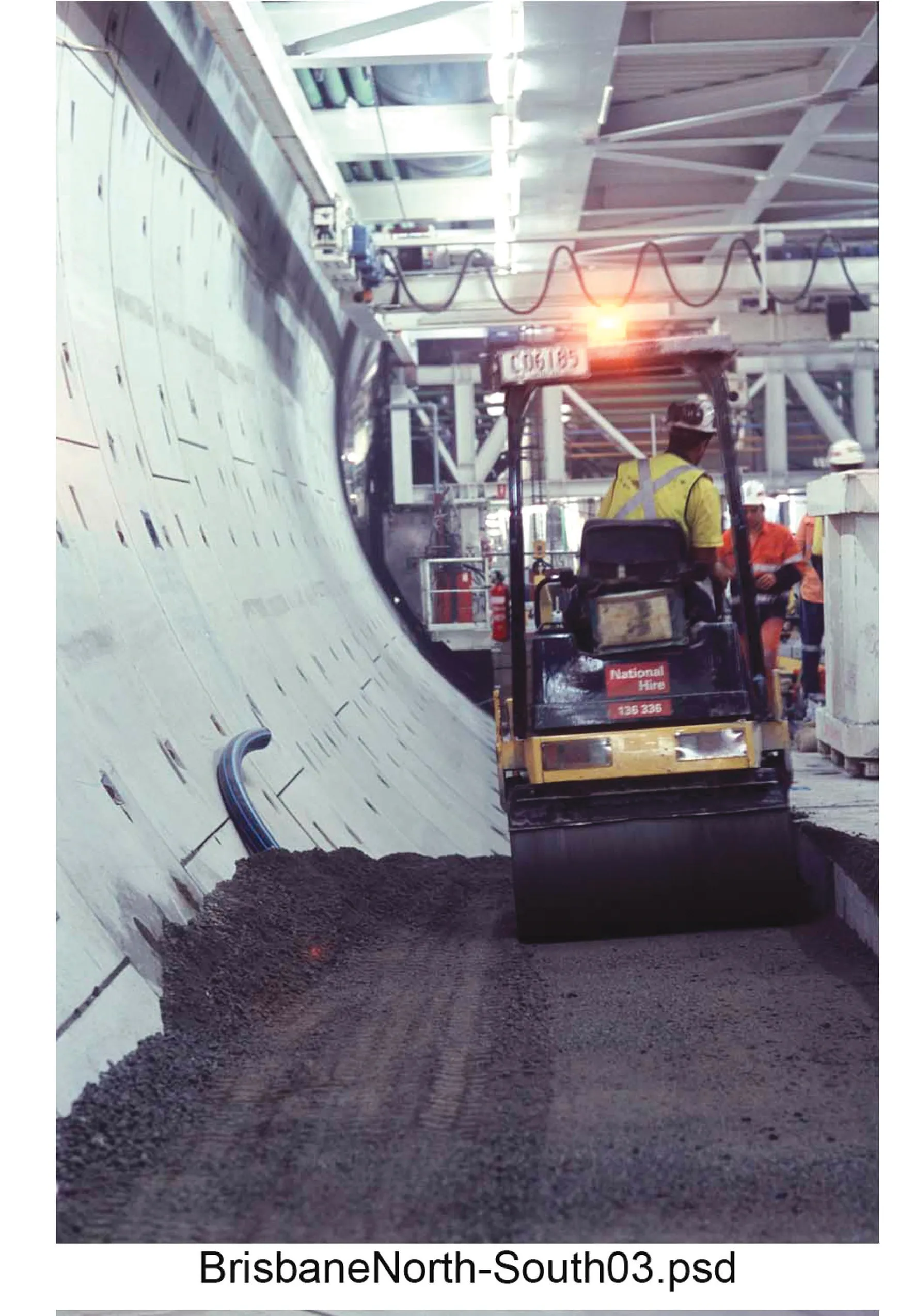Terex has acquired Hydra Platforms, a specialist manufacturer of access equipment designed for bridge maintenance and repair. This business is being brought into the group alongside its Bid-Well brand. The move gives Terex Roadbuilding a business that concentrates in bridge maintenance with the addition of the under-bridge access equipment to the existing range of bridge pavers, work bridges and texture/curing machines. The Hydra Platforms range includes seven hydraulically operated, self-contained units an
July 30, 2012
Read time: 2 mins
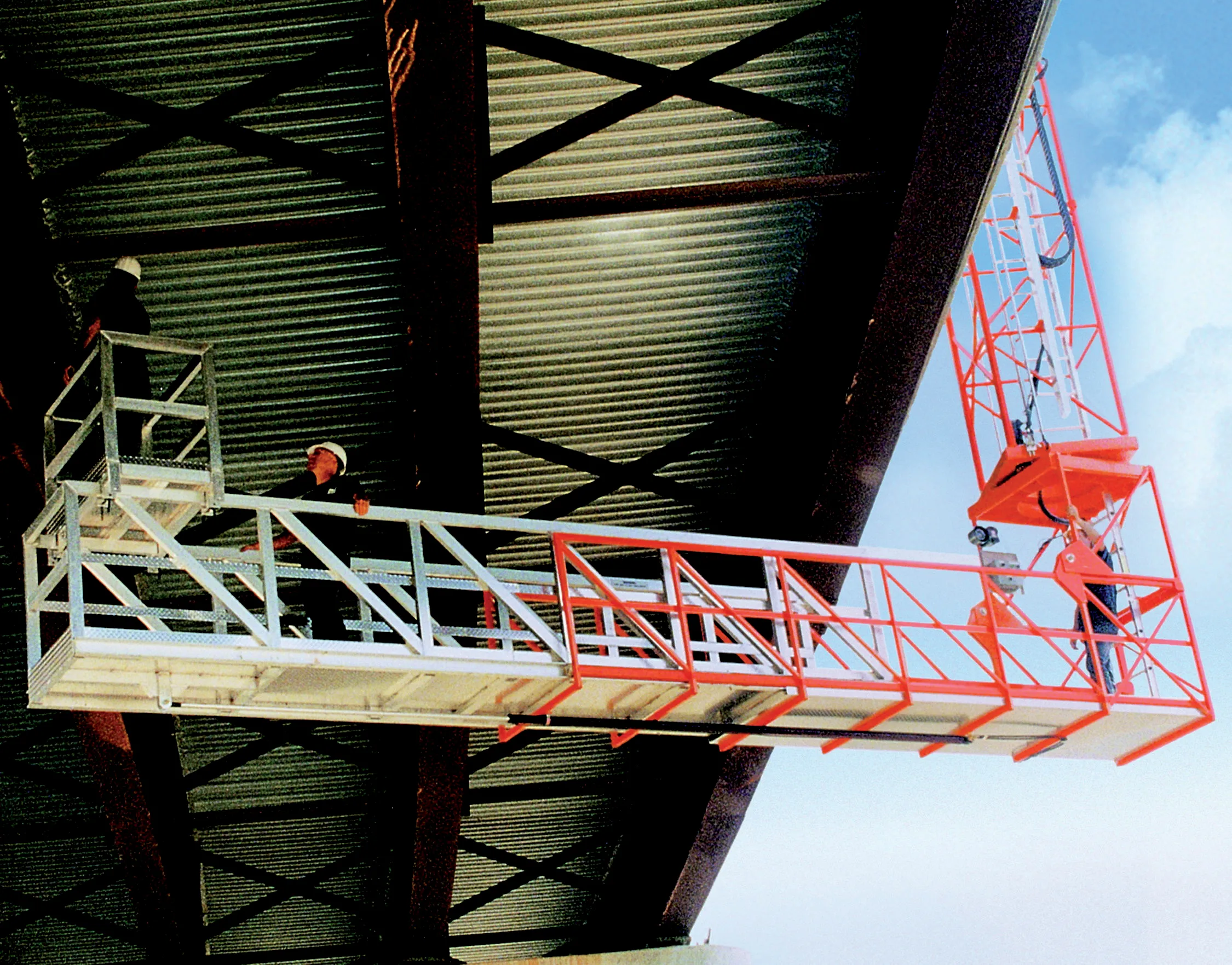
The Hydra Platforms range includes seven hydraulically operated, self-contained units and there are two trailer-mounted models, the HP32 and HP35, with platform lengths 9.8m and 10.7m. The line-up also includes five truck-mounted units; the HPT43, HPT52, HPT55, HPT60 and HPT66 with platform lengths of 13.1-20.0m. These inspection platforms are equipped with the firm's patented, fully adjustable tower separation system. This features hydraulically adjustable cross linking arms that allow operators to adjust and move the outside tower toward the bridge fascia or extend it over obstacles without having to reposition the truck or trailer. This system also uses a crossover access platform with rails, allowing operators to safely access the unit's tower and under-bridge platform. The truck units can work from a single lane and can be moved from the platform while it is deployed by the operator.


